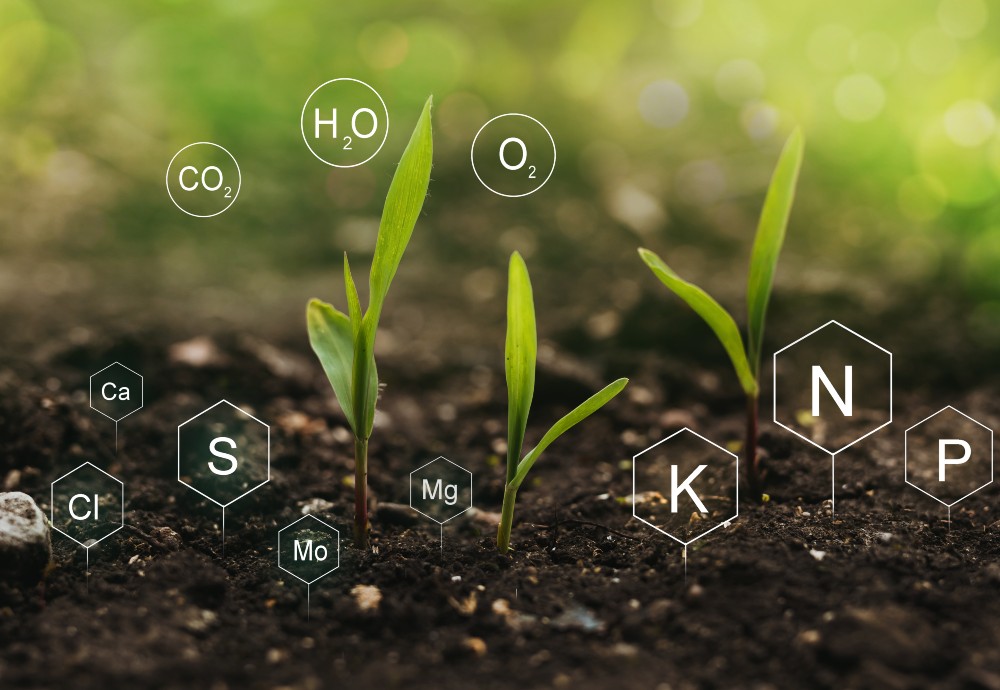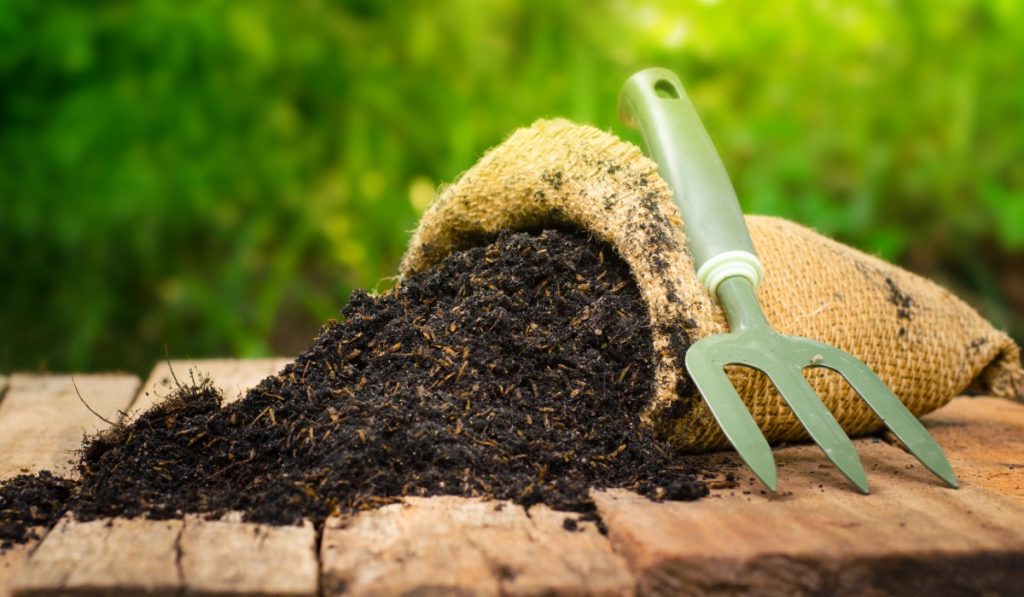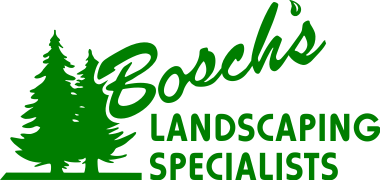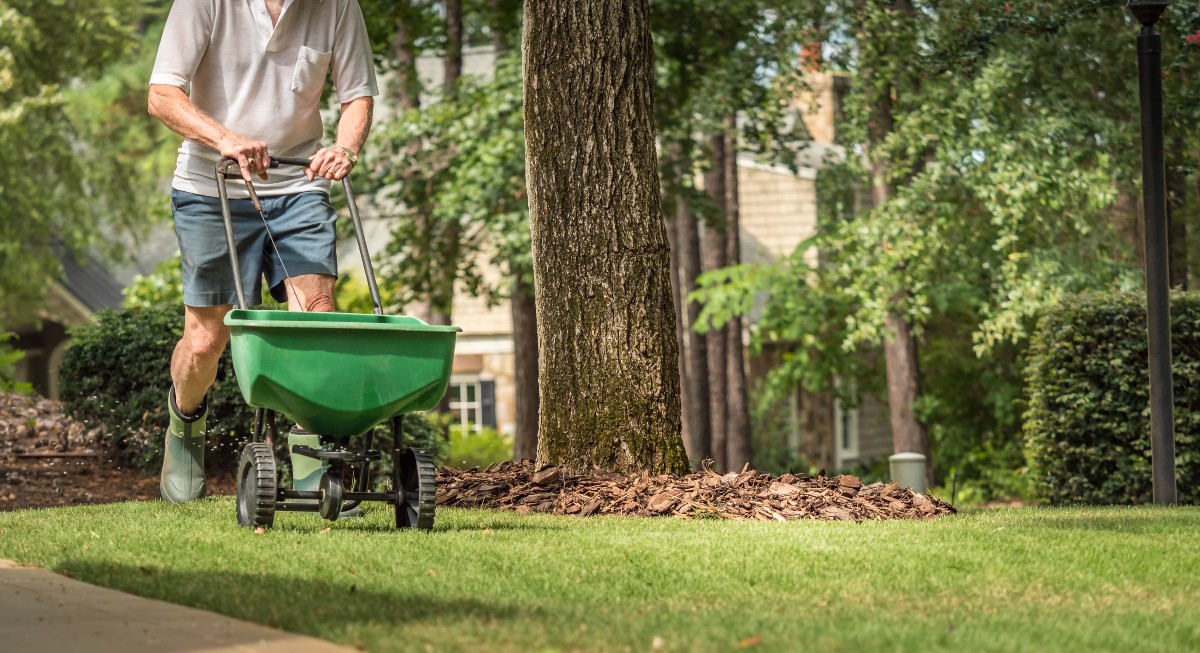Grass is a hardy plant. If you really want to, you can ignore it and it’ll turn out … okay. It’ll grow. Life goes on.
But if you want the best-looking yard of lush, green grass on your block, or flowerbeds that truly look amazing, a quality fertilizer and proper watering practices make all the difference.
See, just like people, plants benefit the most when you provide them with the proper nourishment. If you eat nothing but junk food for a month, you’ll probably survive but you might not look or feel as healthy as you could.
Same goes for your lawn. Do nothing and it will more or less survive, but might look a little tired or patchy. On the other hand, with the right fertilizer and watering practices, it’ll be like your grass has been eating superfood and going to the gym every day—metaphorically speaking, anyway.
But before you rush out to the gardening supply store … hold up a minute.
Do you know what kind of fertilizer your lawn needs to thrive?
You see, lawns can be picky eaters. And depending on things like the age of the lawn, time of year, soil quality, and other factors, the best diet for your lawn may not be the same as your neighbor’s.
If you want to feed your lawn right, it’s not enough to just get a premium quality fertilizer. You’ll also want to choose one with the right balance of nutrients for your unique situation.
What’s On the Menu?
We could go into a lot of detail about fertilizers, but let’s start with the basics. There are three primary, critical nutrients that lawn grasses need to thrive—nitrogen, phosphorus, and potassium.
(These aren’t the only nutrients lawns need, but they are the ones that are needed in relatively large quantities in comparison to the others.)
- Nitrogen (N) is critical for stimulating growth and producing chlorophyll, amino acids, and healthy proteins. It’s what makes grass look so lush and green, and helps it spring back up in springtime.
- Phosphorous (P) helps power metabolic processes and chemical reactions, including photosynthesis, and promotes strong root growth. However, due to concerns about surface water quality, state law prohibits use of phosphorus unless you just put in a new lawn, are treating your lawn for a disease, or a soil test shows a phosphorous deficiency.
- Potassium (K) is primarily important for improving stress tolerance, making your lawn less vulnerable to environmental fluctuations and disease.
By law, bags of lawn fertilizer are labeled with an N-P-K analysis / rating, which tells you how much of each of these three nutrients are included. They are expressed as percentages—so, for example, a 20-0-20 fertilizer is 20 percent nitrogen, 0 percent phosphorus, and 20 percent potassium. If you’re buying a 40-pound bag, that’d be 8 pounds of nitrogen and potassium, with no phosphorous.

So It’s Just About Supplying Lots of N, P and K, right?
Wrong.
Like any diet, it’s important to have the right balance. You can have too much of a good thing, and depending on what your lawn is already getting from the soil, you may need more of one nutrient and less of another.
Of the three nutrients, nitrogen tends to be the one that most lawns need the most of and more regularly than others. That’s because, while phosphorous and potassium tend to remain stable in the soil until they are consumed, nitrogen can be depleted by rain and weather factors. However, too much nitrogen can actually stunt growth, as it can “choke out” your lawn’s access to other essential nutrients.
Potassium, meanwhile, is particularly important in fall, to steel your turf against the approaching winter. That’s why you’ll typically see higher K ratings in fall blends.
Phosphorous, as previously mentioned, is prohibited from use in fertilizer unless specific conditions are met.
Start With a Soil Test
This should be the first step before you figure out which N-P-K ratio is going to be best for your lawn. If you don’t know what nutrients are already present in your soil, how will you know which ones you need to add through fertilization?
There are other good reasons to test your soil regularly besides monitoring nutrient levels, too. You’ll also be able to determine things like acidity, texture, and percentage of organic matter, or even diseases you might need to be aware of. Acidity (pH) is especially important, since soils that are outside the correct pH range will have a hard time taking up nutrients—even if they are already prevalent in your soil.
To start, you’ll want to take soil from a few randomly selected areas of your yard and mix them in order to get a representative sample. Use soil from about 3-4 inches down. Then, take your sample to a local fertilizer supplier for testing.
Although it seems like a lot of extra work, we’re talking about the long-term health of a lawn that you look at, use, and enjoy every day. So testing every year or two to make sure you identify emerging health risks and provide the nutrition your lawn needs is, in our opinion, a very minor inconvenience that’s very much worth it.

… Or, You Could Skip the Headache and Let Bosch’s Help
Now, we have every confidence in your green thumb. If you want to handle fertilization yourself, go for it!
However, we want you to know that this is a service we’ll happily provide for you. We’ll test your soil for you, as well as consider factors such as the type of grass, time of year, shade, drainage, and others. We can even blend our own mixture of high-quality fertilizer so your lawn gets the perfect N-P-K ration for its current condition.
And of course, fertilization is only one component of our broader lawn care maintenance services, including mowing, spring and fall cleanup, dethatching, aerating, pruning … you get the idea.
In short, whatever your lawn needs to stay healthy and look its best—whether that’s a little or a lot—Bosch’s Landscape & Lawn Specialties has the tools and experience to help you. To request a free estimate, give us a call at (616) 399-6861 or drop us a line using our online contact form.




